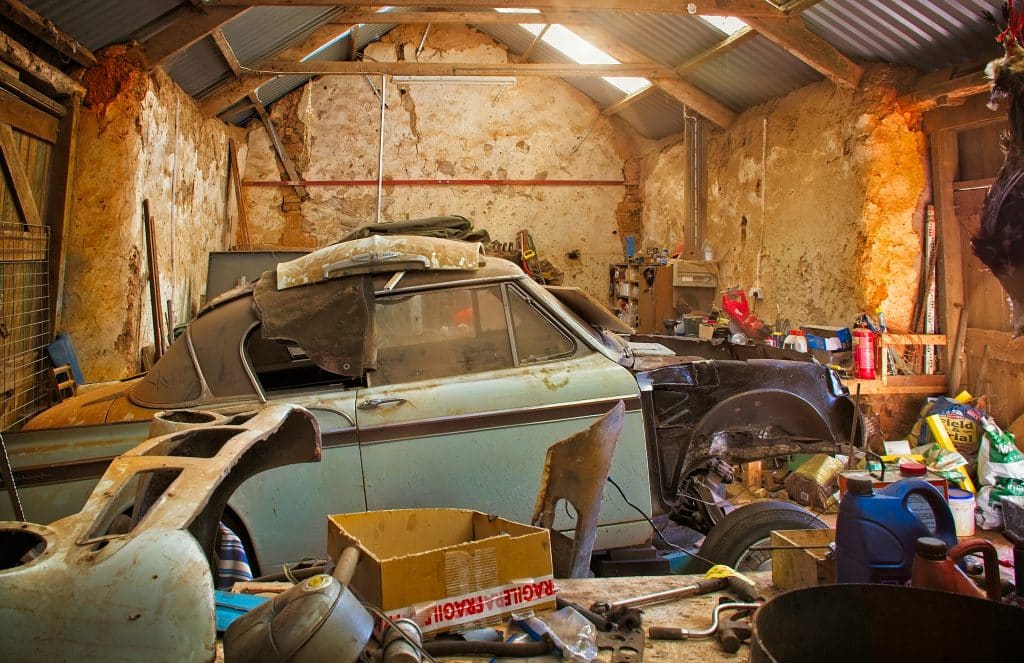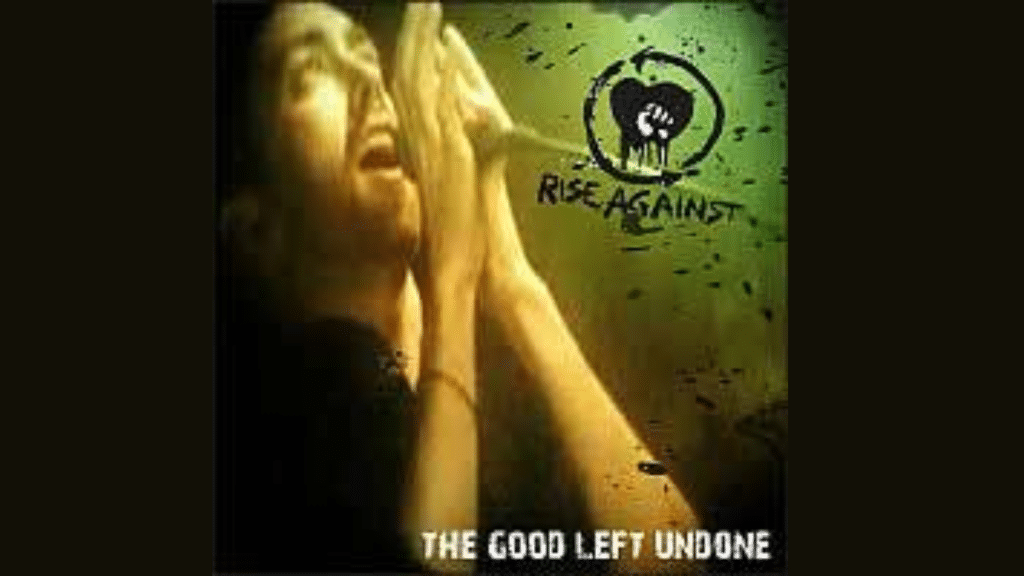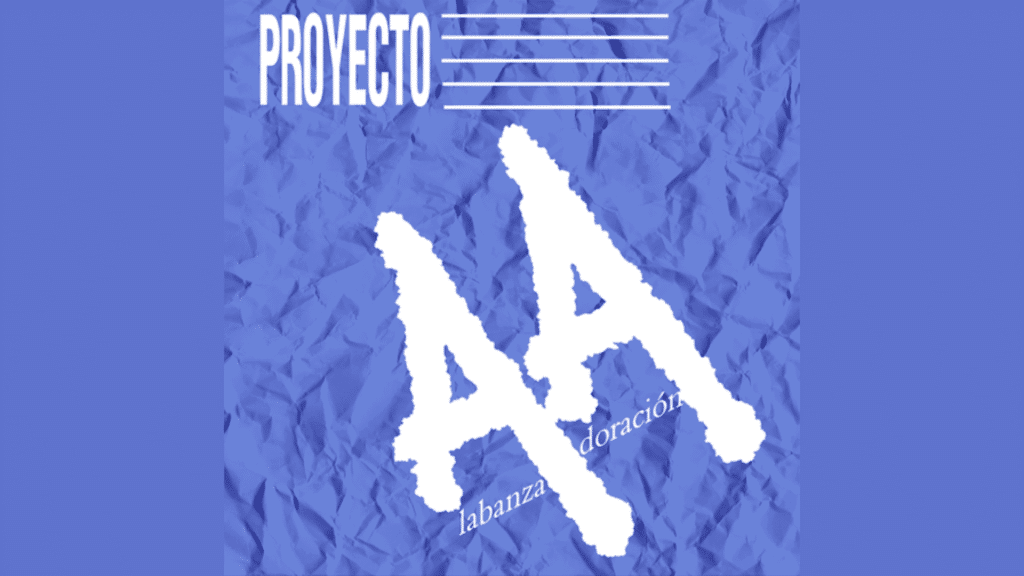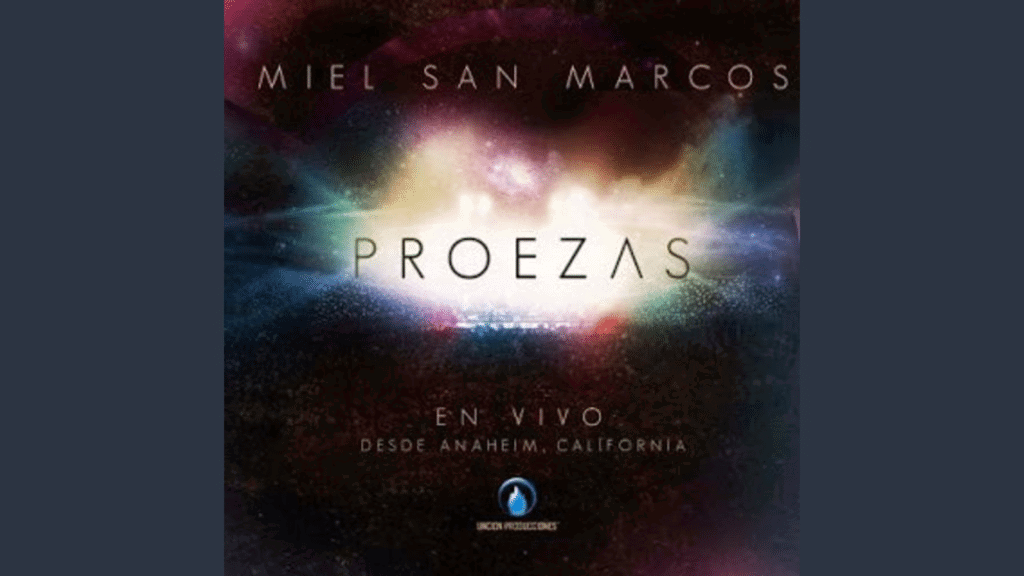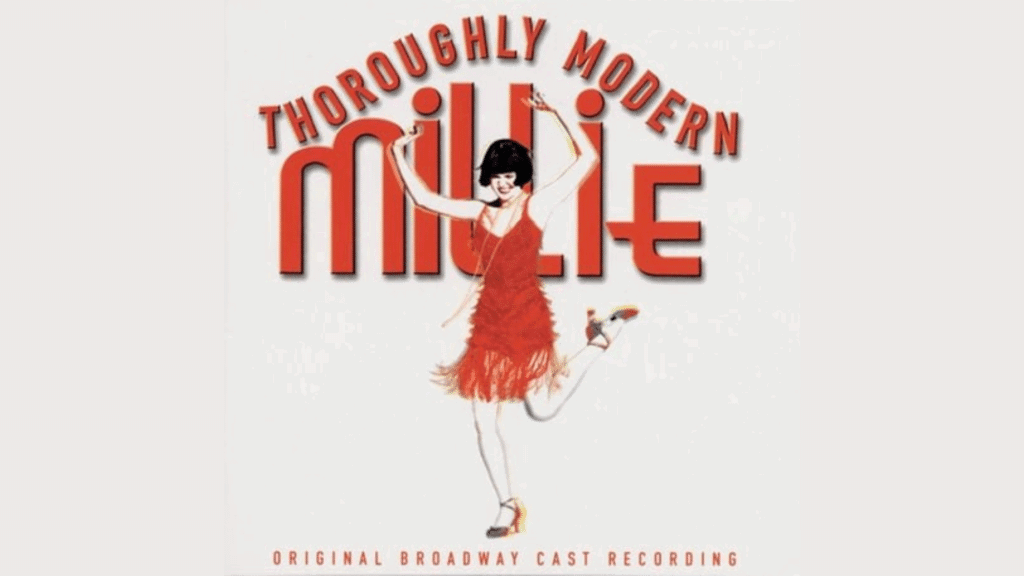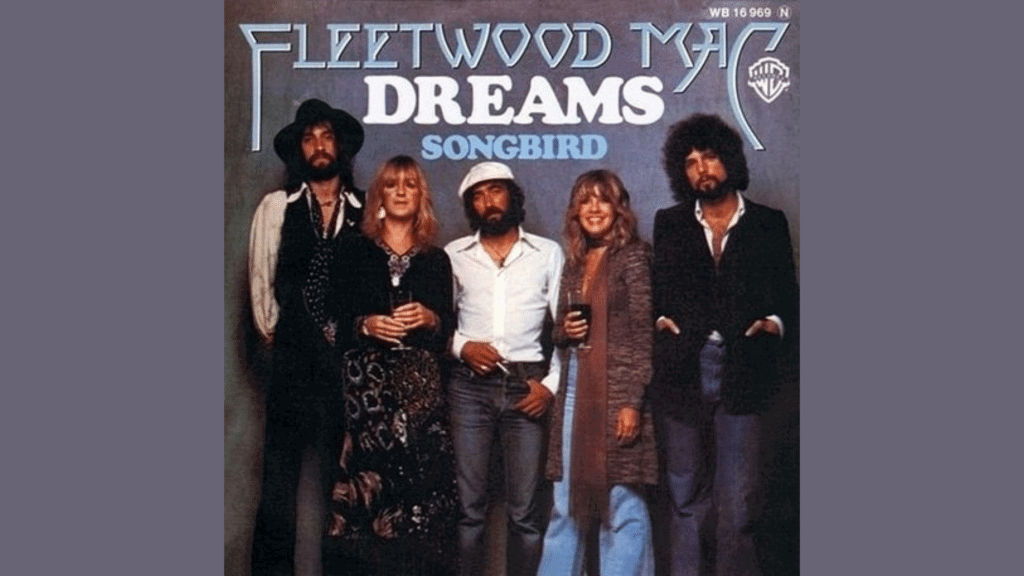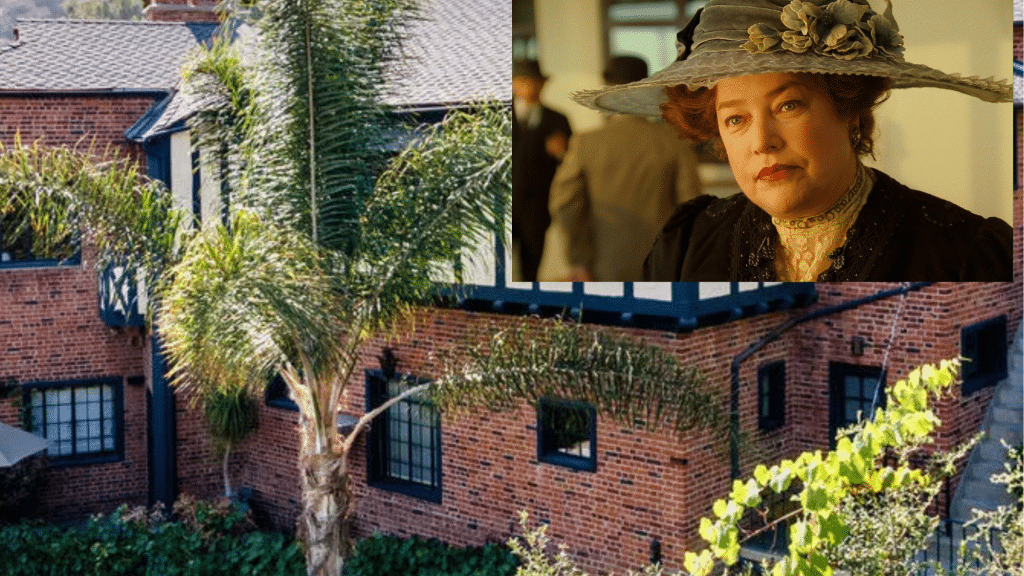If you’re on the hunt for a used car that offers incredible value, buying a crashed car can be a worthwhile option. These vehicles, often sold at significantly lower prices than their undamaged counterparts, can provide you with a great deal if you are willing to invest some time and effort into repairing them. However, purchasing a crashed car is not without its risks. To make the most of this option, it’s essential to understand the buying process, the potential pitfalls, and how to restore the vehicle.
In this guide, we’ll walk you through everything you need to know about buying crashed cars for sale, including how to find them, how to assess their condition, and the steps required to restore them. Whether you’re a seasoned mechanic or a car enthusiast looking for a project, this guide will help you navigate the world of crashed cars with confidence.
What is a Crashed Car?
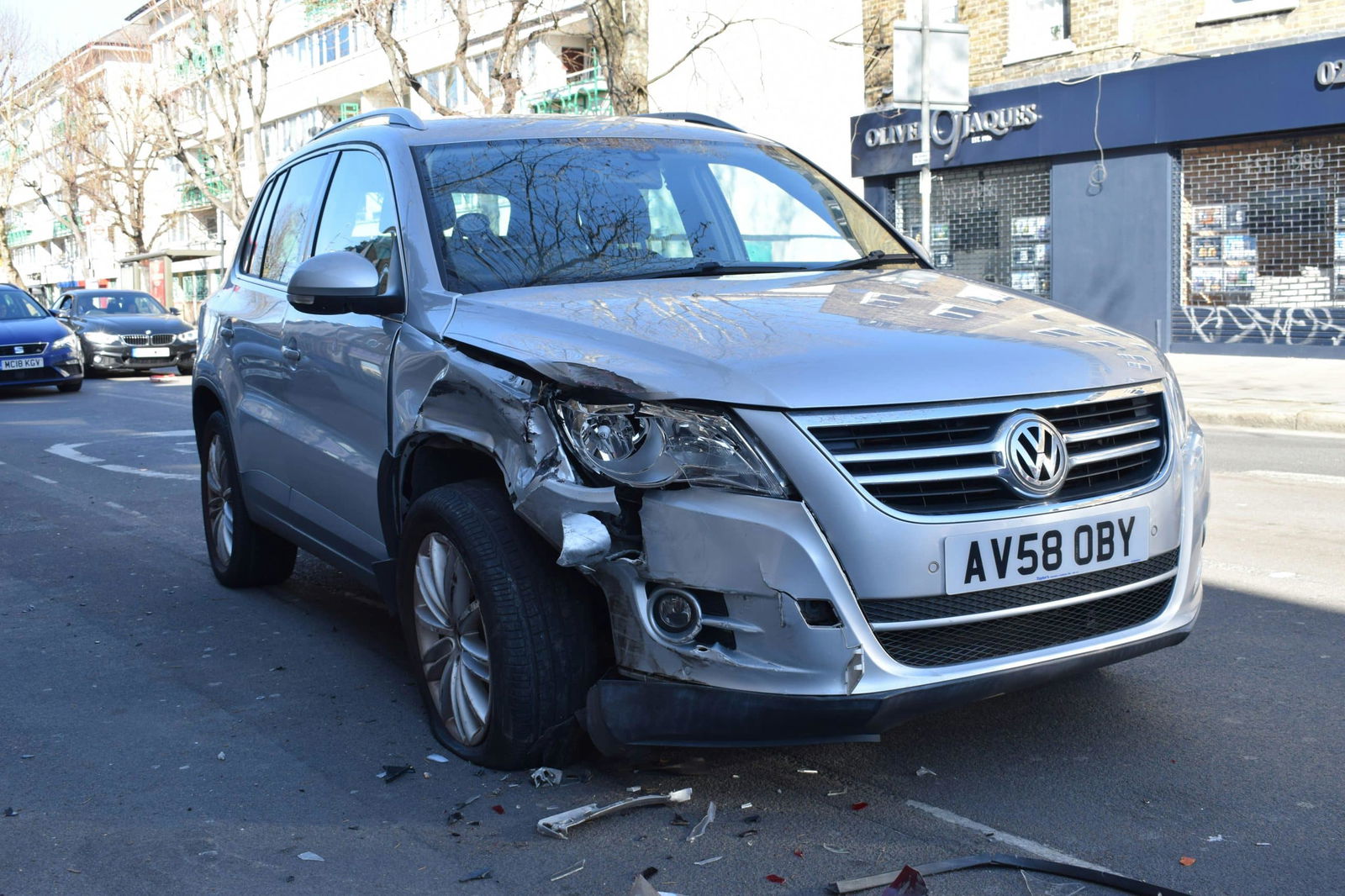
A crashed car is any vehicle that has been involved in a collision or accident, resulting in noticeable damage to its structure, body, or mechanical systems. The severity of the crash can range from minor fender benders to major wrecks that render the car a total loss. After an accident, cars are often assessed by insurance companies, and if the repair costs are too high compared to the car’s value, they are declared a total loss and given a salvage title.
Crashed cars can be a great way to get a car at a lower price, but it’s crucial to understand the extent of the damage and whether the repairs required are worth the investment.
Why Buy a Crashed Car?
There are several reasons why buying a crashed car might be appealing to certain buyers:
- Lower Purchase Price: Crashed cars are generally sold at a fraction of the price of non-damaged vehicles. This makes them an attractive option for budget-conscious buyers or those looking for a project car.
- Restoration Potential: If you have the skills or resources to repair a crashed car, you could restore it to its original condition. This can be especially satisfying for car enthusiasts who enjoy the challenge of bringing a car back to life.
- For Parts: In some cases, buyers purchase crashed cars to strip them for parts. If the car is no longer roadworthy, the individual components, such as the engine, transmission, and electronics, might still be in good condition and can be sold for a profit.
- Project Car: Many car enthusiasts seek crashed cars as project cars. These vehicles can provide a great starting point for customization, restoration, or performance upgrades.
Where to Find Crashed Cars for Sale
Crashed cars are often sold through various channels, including online platforms, salvage auctions, and direct sales by insurance companies. Here are the best places to look for crashed cars:
- Salvage Auctions: Salvage car auctions are one of the most common places to buy crashed cars. These auctions often feature cars that have been declared total losses by insurance companies and are sold at a discounted price. Some of the most popular salvage car auction websites include Copart and IAAI (Insurance Auto Auctions), where you can browse through listings of crashed cars for sale, view photos, and bid on the vehicles you’re interested in.
- Online Marketplaces: Websites like eBay, Craigslist, and Facebook Marketplace often list crashed cars for sale. These platforms may feature cars being sold by private sellers, salvage yards, or insurance companies. Always exercise caution when buying from these platforms and ensure you verify the car’s condition before committing.
- Insurance Companies: Insurance companies frequently sell crashed cars directly to buyers through their own auction systems or sales events. Many large insurers will list damaged cars on their websites or partner with salvage auction platforms to sell them.
- Salvage Yards: Some salvage yards sell crashed cars directly to the public. These yards specialize in wrecked vehicles, and you can often find a wide selection of crashed cars, from minor accidents to total losses.
How to Inspect a Crashed Car
Before purchasing a crashed car, a thorough inspection is essential. Whether you’re looking to restore the car or strip it for parts, you need to assess the extent of the damage and whether the car is worth the investment. Here’s how to inspect a crashed car properly:
- Check the Frame and Structural Damage: The most important aspect of inspecting a crashed car is assessing the damage to the frame and body. If the frame is bent or compromised, the car might be too expensive or difficult to repair. A bent frame can also make the car unsafe to drive, so it’s essential to have it checked by a professional.
- Examine the Body: Look for visible signs of damage, such as dents, scratches, and broken glass. Pay attention to the alignment of the body panels, as misalignment can indicate significant structural damage. Check for rust or corrosion, especially in the undercarriage and wheel wells.
- Inspect the Engine and Transmission: Open the hood and inspect the engine for any visible signs of damage. Check for leaks, cracks, or missing parts. Pay attention to the condition of the radiator, hoses, and belts. If the car has been involved in a serious crash, the engine or transmission might be damaged, and repairs could be expensive.
- Assess the Suspension and Steering: The suspension and steering systems are critical to the car’s safety and performance. Check the suspension components for damage or wear, such as bent control arms or broken shocks. Similarly, inspect the steering system for any play or misalignment.
- Test the Electrical System: Test all electrical components, including the lights, dashboard, and power windows. A crash can cause wiring to short-circuit or cause electrical components to fail, so it’s important to ensure that everything is functioning properly.
- Check the Interior: Inspect the interior for any damage to the seats, dashboard, or airbags. If the airbags have deployed, it may indicate a significant crash, and you’ll need to replace them for the car to be roadworthy. Pay attention to the condition of the upholstery, as some damage may not be immediately visible.
- Check the Tires and Alignment: Inspect the tires for signs of wear, punctures, or damage. Uneven tire wear could indicate problems with the suspension or alignment, which may need to be addressed before the car is roadworthy.
- Get a Professional Inspection: If you’re not sure how to inspect the car thoroughly, consider hiring a professional mechanic to evaluate its condition. A mechanic can identify issues that may not be visible to the untrained eye and give you a better idea of how much work will be required to restore the car.
Restoring a Crashed Car
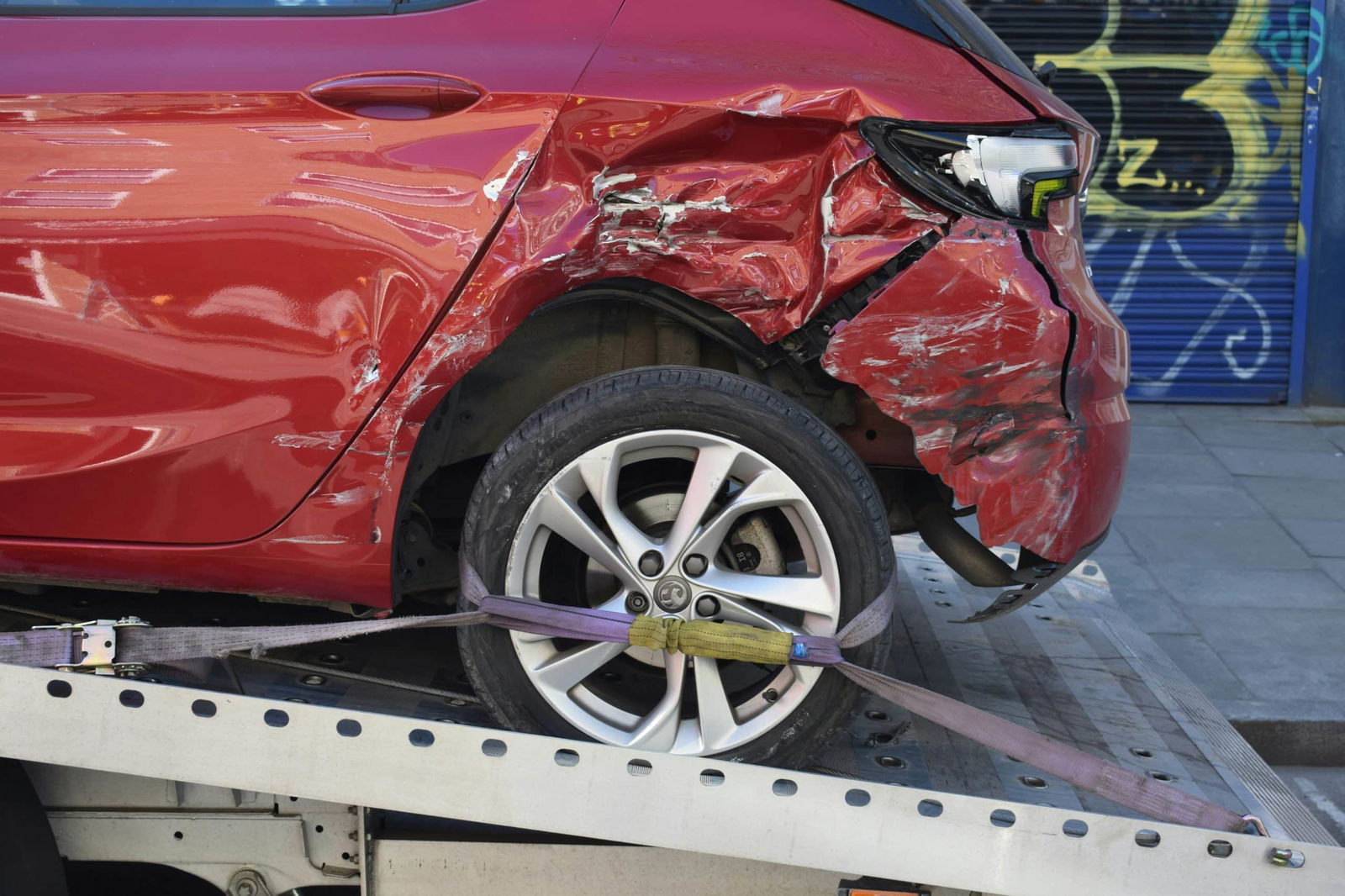
If you decide to buy a crashed car for restoration, there are several steps to follow to ensure the car is safely and effectively repaired:
- Repairing the Frame: If the frame has been bent or damaged, repairing it is one of the first steps. This often requires specialized equipment and skills, and in some cases, it might be more cost-effective to replace the frame entirely.
- Bodywork: After repairing the frame, the body will need attention. This may involve repairing or replacing body panels, sanding and painting the car, and fixing any cosmetic damage. Bodywork can be expensive, especially if parts need to be replaced.
- Mechanical Repairs: After restoring the body, the next step is to focus on the engine and transmission. This may involve replacing damaged parts, fixing leaks, and ensuring the car is mechanically sound.
- Electrical System: Once the mechanical systems are in place, you’ll need to test the electrical system and replace any damaged wiring or components. Electrical issues are common in crashed cars, so thorough testing is essential.
- Final Inspection and Road Test: Once the repairs are completed, have the car thoroughly inspected and take it for a road test. This will help ensure that all systems are functioning correctly and that the car is safe to drive.
Conclusion
Buying a crashed car can be a great way to get a vehicle at a low price, but it’s essential to approach the purchase with caution. Always perform a thorough inspection, be aware of the risks involved, and factor in the cost of repairs when making your decision. With the right knowledge and preparation, you can successfully buy and restore a crashed car, turning it into a reliable and affordable vehicle.

